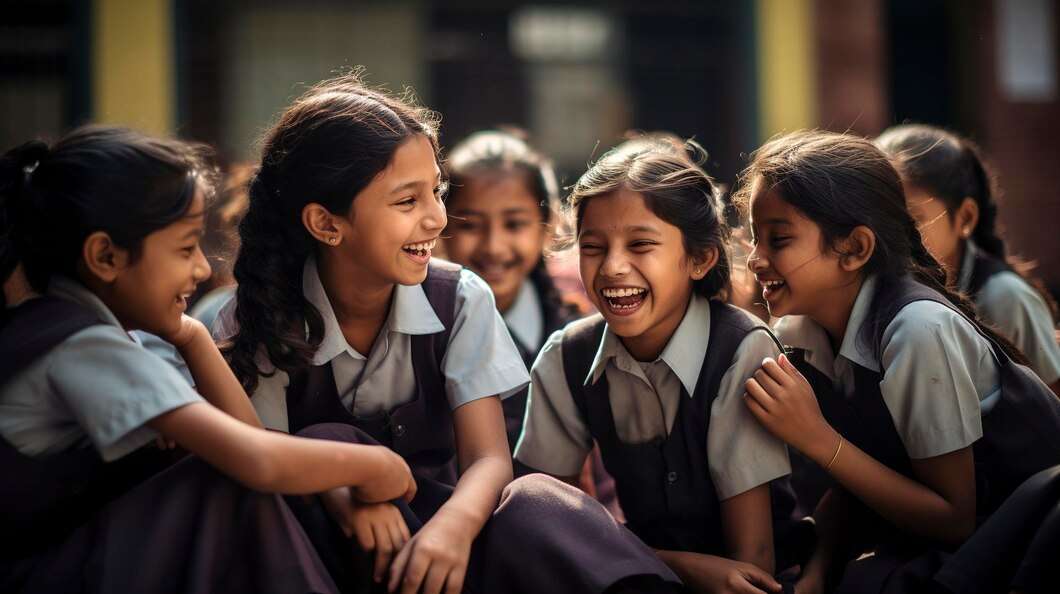There is no place for children as child labourers in any decent society. The children are supposed to spend their time in school learning about life and the world and out in the field enjoying themselves. But the fact is that over 10 million children in India between the ages of 5 and 14 work as child labourers. And this is according to official government figures. How can we support a child in India away from labour?
We keep saying to educate a girl child in India for a brighter future for the country, but we see so many girls deprived of education. So, how can we save the children in India and ensure that every child is in school, especially the girl child?
The problem is that a child born into poverty is disadvantaged. This could include child education, social mobility going forward or even opportunities. Access to education is the first hurdle, especially for girls. Poverty and the need to help the family to hold its head above water are more important than education.
‘Educate a girl child’ in India will remain just a slogan unless strong steps are taken to put every girl out of school back in the classroom. Take the case of Akanksha, 12 years old girl child in Rajasthan. She was forced to drop out of middle school to care for her younger siblings once she reached puberty. There was clear discrimination at home as her brother was allowed to attend school. But not her. This is despite performing better than her brother in her studies. During a survey as part of Give’s Every Girl in School mission, Akanksha’s story came to light, and the NGO dedicated to child education, especially for girls, convinced Akanksha’s parents to let her return to school.
The parents were assured of free education for their daughter and other facilities so that Akanksha is not forced out of school again.
Give’s Mission Every Girl in School mission aims to place 15,000 girls in school and empower them with an education that will protect them from the dangers of child labour.
Various studies by the government, academics and non-profits have established beyond doubt that when girls are denied the opportunity to attend school, their susceptibility to exploitation rises significantly. Nonetheless, when girls are empowered to continue their education, a realm of opportunities emerges, encompassing enhanced well-being, heightened social engagement, prevention of child marriage, and protection against child labour.
This is where a programme like Every Girl in School helps in reintegrating girls into the educational sphere by covering essential costs such as books, uniforms, tuition, and related expenses.
So, how can the people, in general, make a difference and support a child in India, especially a girl child like Akanksha?
One can sponsor a child by contributing just ₹1,000 every month for Give’s mission Every Girl in School, providing a girl with books, uniforms, fees, and meals. Your contribution will enable a girl child to attend school and continue till graduation. This modest monthly donation can bring about a significant transformation. When one sponsors a child, especially a girl, in this case, it sets a ripple effect of positive change that extends far beyond an individual as the saying goes, ‘educating a girl is educating a generation.’

As the editor of the blog, She curate insightful content that sparks curiosity and fosters learning. With a passion for storytelling and a keen eye for detail, she strive to bring diverse perspectives and engaging narratives to readers, ensuring every piece informs, inspires, and enriches.










